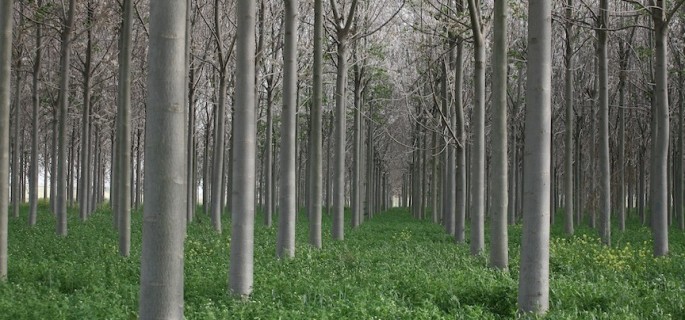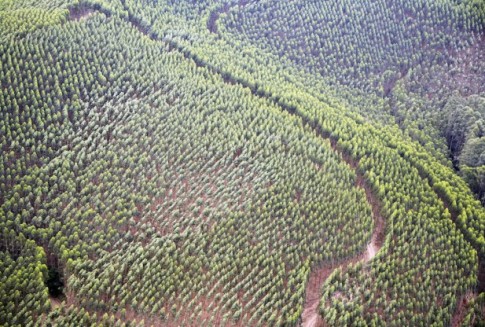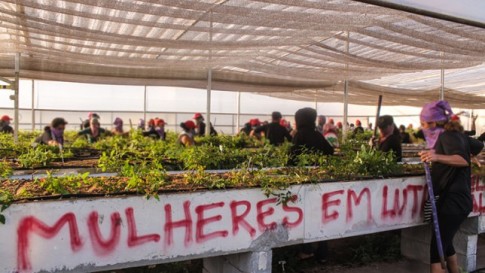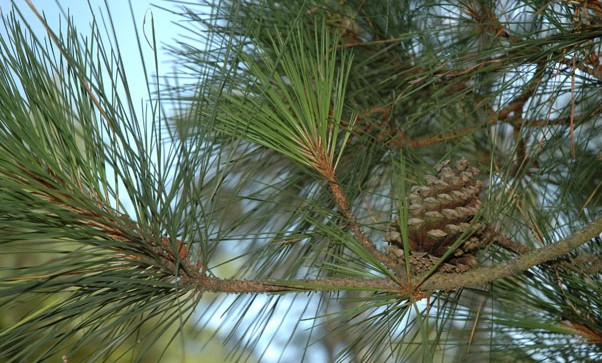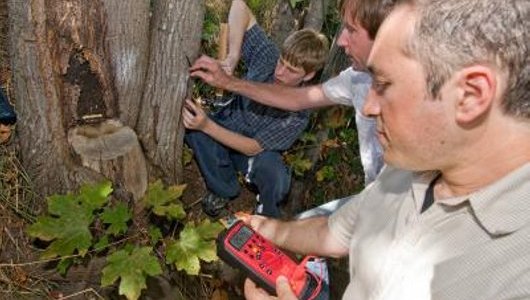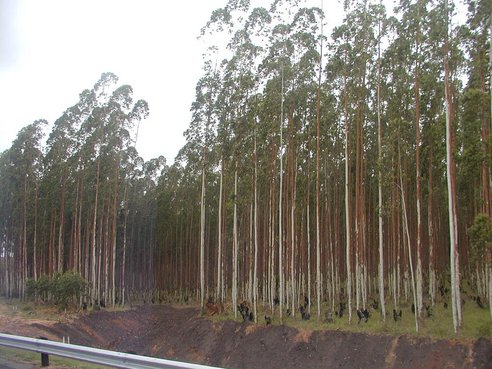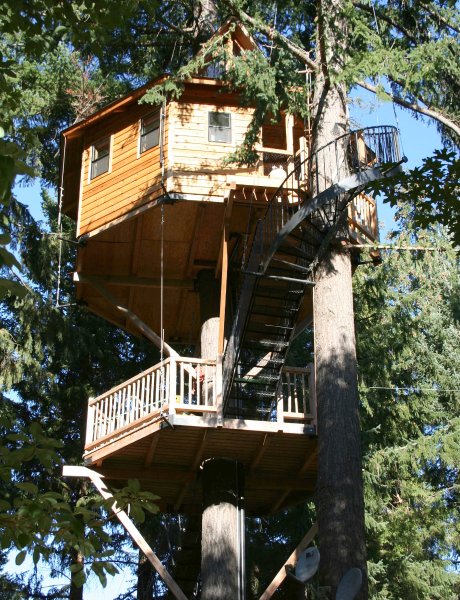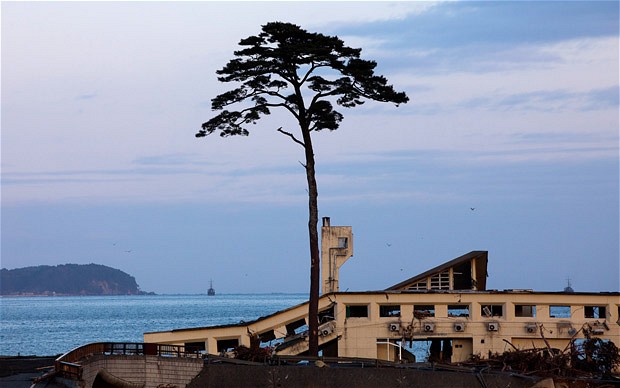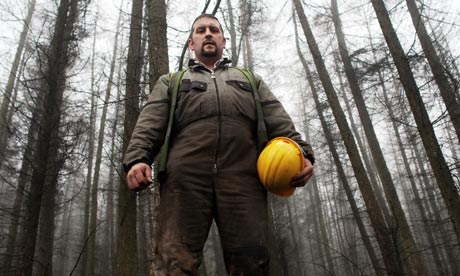H/t reader squodgy:
“I think this will become an ‘end game’ scenario.
If the likes of Bayer/Monsatan are allowed to interfere with the world’s main source of life giving oxygen, the Brazilian Rain Forest, and we sit idly by, we are complicit in our destruction.
Add this beautiful fact (chemtrailing) to the equation & you have a double whammy.”
Related info:
– Source of Half Earth’s Oxygen Gets Little Credit:
In the process of photosynthesis, phytoplankton release oxygen into the water. Half of the world’s oxygen is produced via phytoplankton photosynthesis.
Phytoplankton currently getting destroyed by Fukushima has already been rapidly declining since 1950. – I.U.
The other half is produced via photosynthesis on land by trees, shrubs, grasses, and other plants.
– Not Just Bees, Trees Are Dying Off At An Alarming Rate With Little Public Attention:
In the background of modern life, as people go on debating politics and working for a living, something dreadful is happening to the eco-systems which support us. Major disasters like the ongoing radioactive leak at Fukushima, the apocalyptic fires burning throughout Indonesia, even bee colony collapse disorder, seem to fall out of view in day-to-day life, as we seem to have lost our power and will to directly participate in the stewardship of planet earth.
A new crisis is now happening all around us affecting trees. It appears that millions, hundreds of millions even, of trees are dying in North America and around the world from a basket of reasons, promising to completely and permanently alter the landscape and environment around us.
Trees are among the most abundant and the most critical organisms on planet earth, and only recently have we been able to assess just how many trees inhabit planet earth. A study published in 2015 gave us this picture:
Read moreNot Just Bees, Trees Are Dying Off At An Alarming Rate With Little Public Attention

